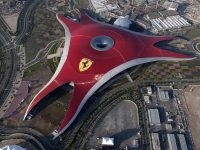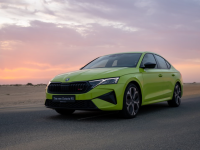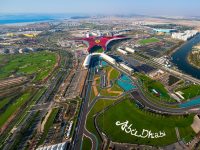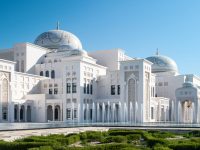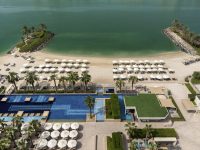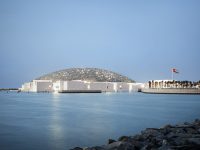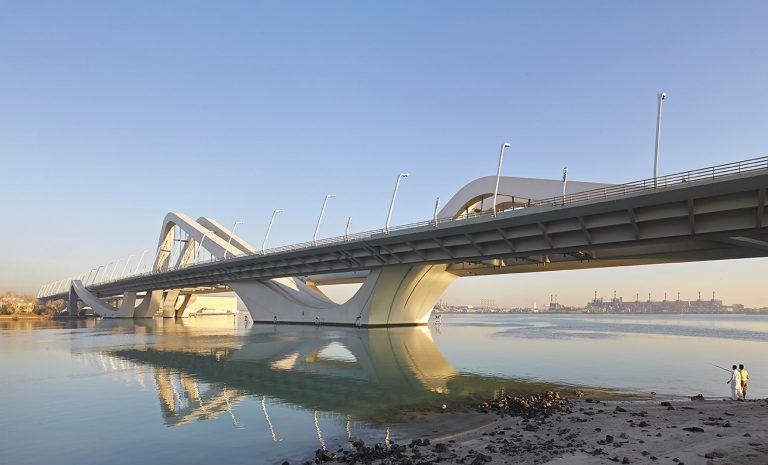Abu Dhabi’s bridges are making headlines as of late – and understandably so.
On 25th July, it was announced that the capital would start implementing toll-gate systems starting 15th October.
The new system will be implemented in four locations –
Sheikh Zayed Bridge, Sheikh Khalifa bin Zayed Bridge, Al Maqta Bridge and Mussafah Bridge.
The four bridges will be fitted with electronic sensor devices to monitor and deduct fees from passing vehicles through their plate numbers.
As for the corresponding fees, it will be AED 4 during peak hours from 7am to 9am and 5pm to 7pm during Saturdays to Thursdays, and AED 2 during off peak hours and on Fridays and public holidays.
We’ll spare you with the other details though. If anything, the news puts the spotlight on these bridges – structures that are less glamorous (even often ignored) but essential to city life and with stories to tell even.
The perfect example is Sheikh Zayed Bridge over the Maqta Channel and connecting the mainland to the island of Abu Dhabi.
Here are some interesting facts about the bridge…
- The bridge is named after the UAE’s founding father, Sheikh Zayed bin Sultan Al Nahyan.
- Renowned Iraqi-British architect Zaha Hadid from London designed the bridge. It was one of Zaha’s – widely known as first woman to receive the Pritzker Architecture Prize in 2004 – most ambitious designs. The prestigious architect passed away on 31st March 2016 at the age of 65.
- The bridge’s construction started in 2003 and officially opened in 25th November 2010.
- The 842-metre project carried a budget cost of AED 1 billion.
- Sheikh Zayed Bridge is known for its futuristic design. It features steel-made wave-like design inspired by the rolling dunes of the desert.
- Almost 500 tonnes of concrete, 5,000 tonnes of pre-stressed steel and 2,000 tonnes of foundation steel were used in constructing the bridge.
- Another striking feature is its spectacular lighting designed by Dutchman Rogier Van Der Heide. The bridge is fitted with more than 200 automated lights programmed to deliver thirteen artistic scenarios stretching along the length of the bridge.
- The bridge has an engineered lifespan of 120 years and an estimated 1,600 cars go through it every hour.



